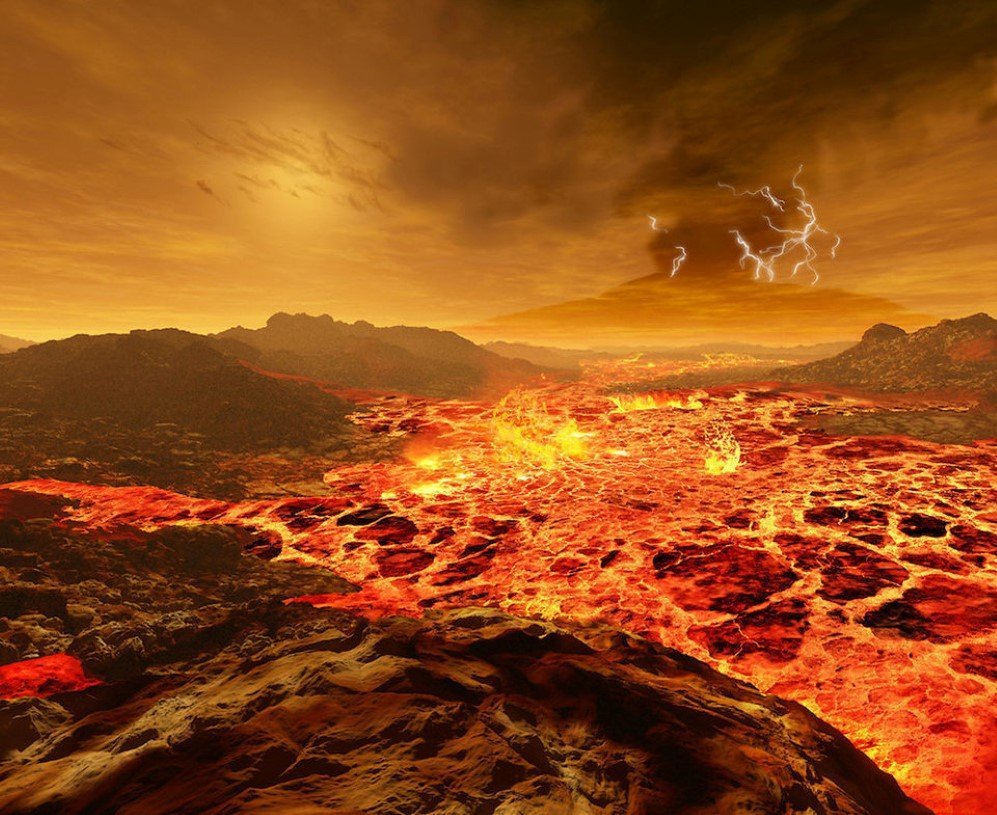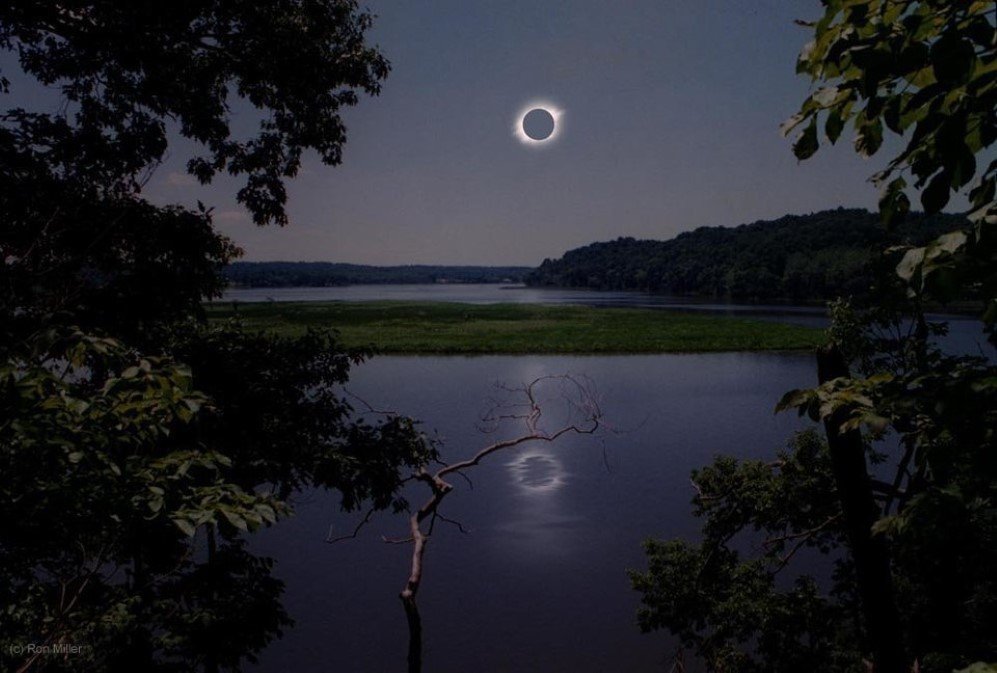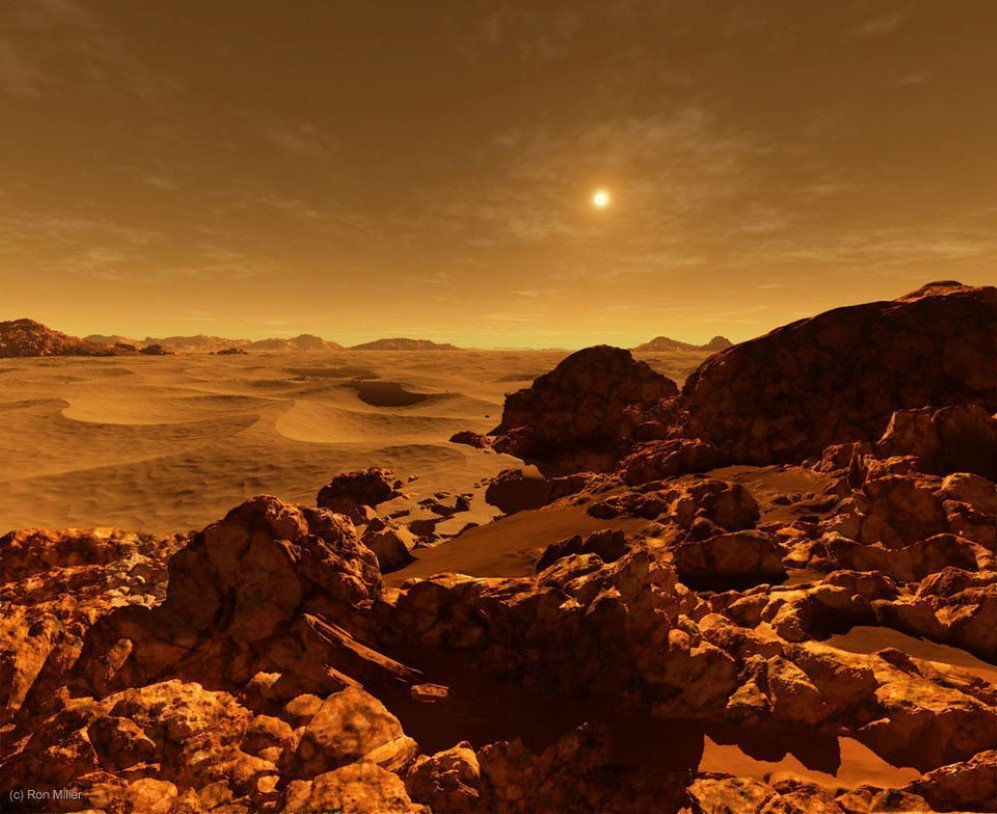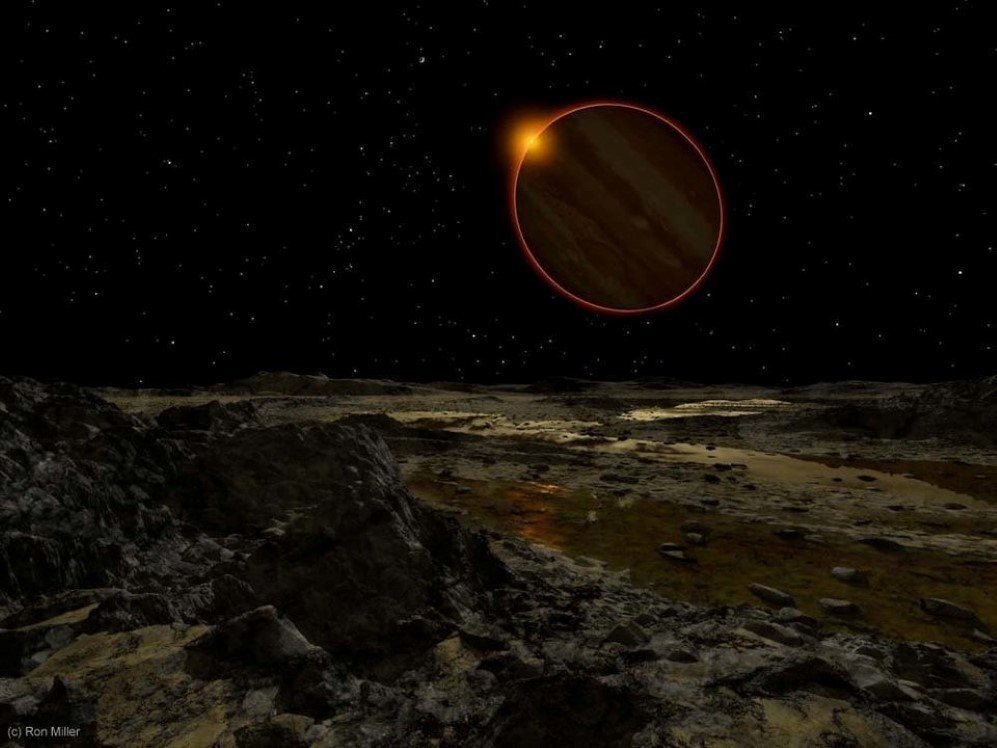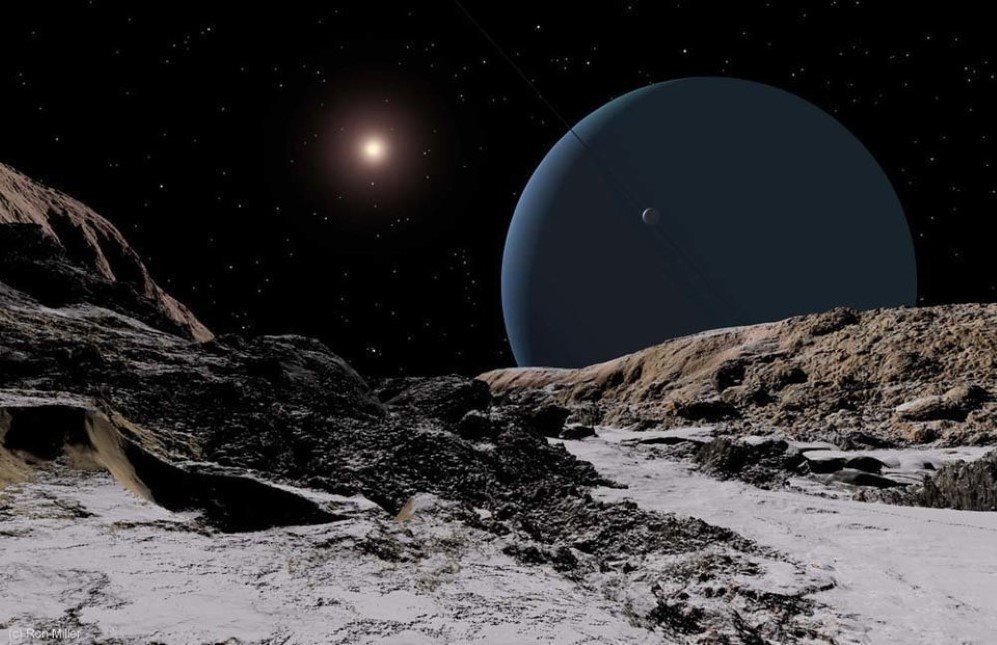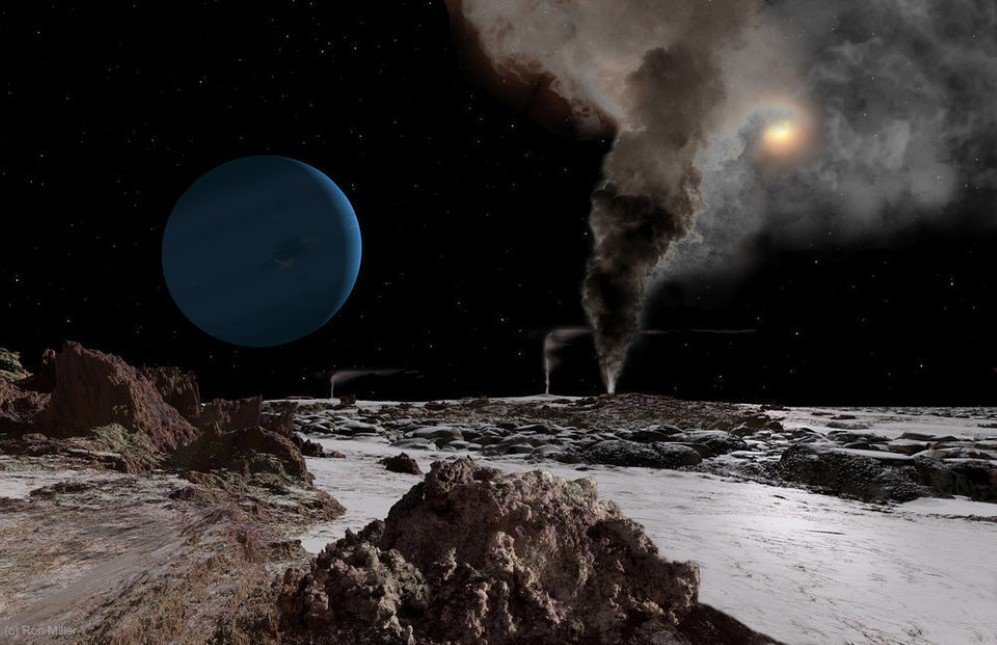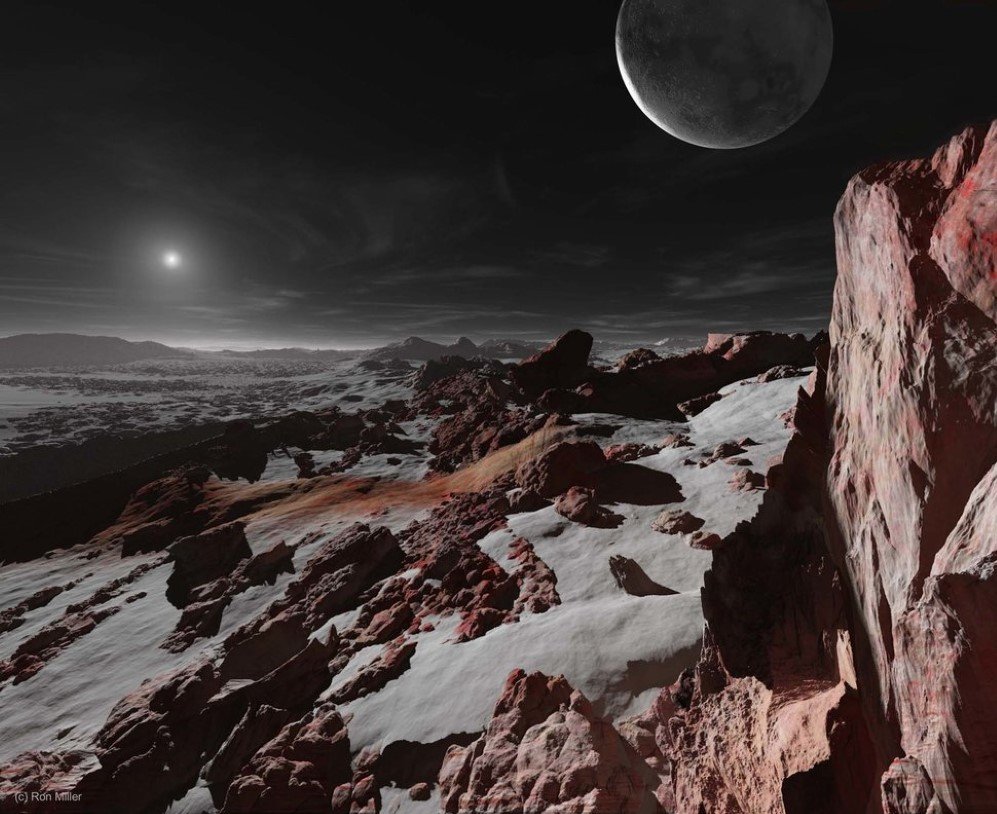Here is how the Sun would look like from every other planet of our solar system!

Our solar system is filled with glorious planets, ranging from stunning rings of Saturn to volcanic surface of Venus. However, Sun is definitely the most magnificent of all. Artist and illustrator, Ron Miller depicted the splendor of Sun in his latest series, focusing on how bright it looks from other planets.
The sci-fi artist with an experience of forty years has managed to draw the illustrations as realistically as possible by using the relevant laws of physics to understand how bright the Sun would appear from the far-flung planets.
Sun is one of the shiniest star in the solar system and even though its light should fade out as you move away from it however, the strength of its brightness is too strong to abide by the laws defined by science. The illustration by Miller shows that the Sun appears as bright as ever even from the farthest planet in the solar system, Pluto. Pluto is as far as 7.5 billion kilometers from the earth and the sight of the dazzling Sun from there is a testament to the power of nature’s thermonuclear furnace.
Contents
1. Mercury
Image: Ron Miller
Mercury is about 36 million miles (58 million kilometers) from the sun which constitutes to 39 percent of the distance from Earth to the sun. On Mercury, the sun appears to be three times larger than it does on Earth.
2. Venus
Image: Ron Miller
Overcast by dense clouds of sulfur dioxide and sulfuric acid, the sun from here looks nothing more than a dingy glowing patch on the planet’s horizon. Venus and the sun are 67 million miles (108 million kilometers) apart.
3. Earth
Image: Ron Miller
Earth is 93 million miles (150 million kilometers) away from the sun. At this distance, earth’s moon and the sun covers the same area in the sky. That is why, we witness a solar eclipse whenever the moon passes between the sun and our planet.
4. Mars
Image: Ron Miller
At a distance of 142 million miles (228 million kilometers), the sun appears to be somewhat smaller in planet’s dusty sky than it is viewed on Earth primarily because Mars is one and a half times farther from the sun as compared to Earth.
5. Jupiter
Image: Ron Miller
This photo shows the sun being eclipsed by planet Jupiter, as seen from Europa, one of Jupiter’s moons. A red ring of light illuminates the planet as the the sunlight passes through it’s dense atmosphere. 448 million miles (779 million kilometers) separate Jupiter from the Sun
6. Saturn
Image: Ron Miller
Crystals of water, ammonia and other gases found in planet’s atmosphere disperse the sunlight, creating beautiful optical effects. Being 889 million miles (1.43 billion kilometers) from Saturn, the sun would still shine far too bright to look at without eye protection.
7. Uranus
Image: Ron Miller
The sun as seen from Ariel, one of Uranus’s moons. Uranus is about 1.8 billion miles (2.88 billion kilometers) from the sun.
8. Neptune
Image: Ron Miller
The sun as seen from Triton, one of Neptune’s moons. Clouds of dust and gas spewing from one of Triton’s powerful cryovolcanic geysers are partially obscuring a tiny sun. Neptune is about 2.8 billion miles (4.5 billion kilometers) from the sun. C
9. Pluto
Image: Ron Miller
Pluto is about 3.7 billion miles (5.91 billion kilometers) from the sun. Out of all the planets of our solar system, Pluto is farthest from the sun and because of that the sunlight on the planet is 1,600 times dimmer than it is on Earth. Still, that’s 250 times brighter than a full moon here on Earth and hard to look at directly.
Header Image Credits: © NASA
h/t: Huff Post

